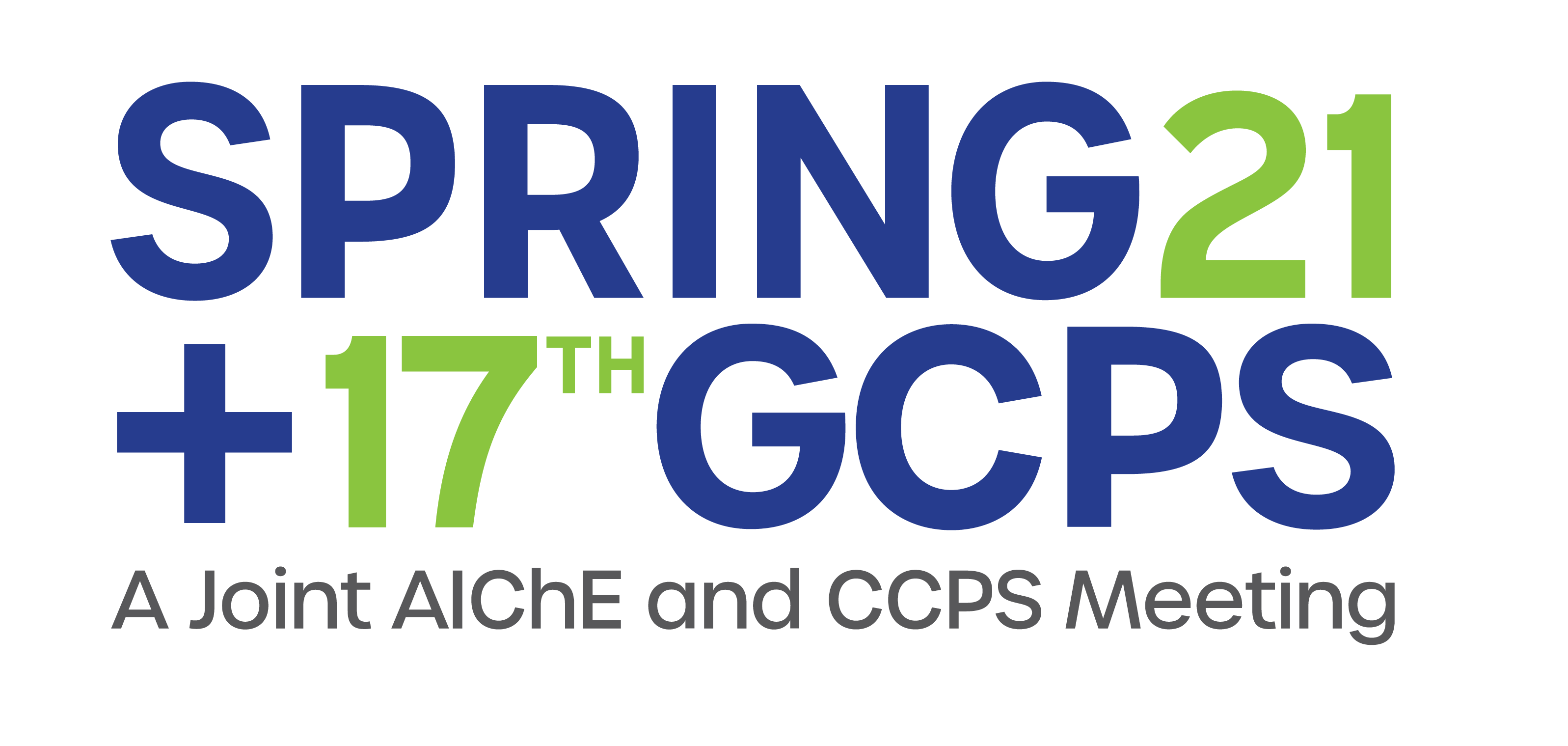

According to Reason (1990), a process accident is usually due to multiple simultaneous and sequential failures, represented by the Swiss cheese model. In this model, the cheese slices represent the various layers of protection that separate the hazard inherent in the process from the dangerous and unwanted event. The holes in the cheese represent the deficiencies of the protective barriers which, when aligned, can not prevent the accident.
For this reason, it is important to maintain a robust process safety risk management system, properly identifying the risks associated with the hazardous materials and energies involved in the process and their preventive and mitigating safety barriers. Thus, it seeks to guarantee the safety of a process, the reduction of risks and, finally, the prevention of major accidents.
To assess their performance, these systems use metrics and indicators, essential to drive continuous process improvement. The indicators are also important for benchmarking between different companies and industry segments, in addition to being proactive indicators of possible process safety problems that can result in undesirable events. Thus, measuring the performance of the elements of the management system is essential for decision making and resource management in a more assertive way.
Prognoses can be made in advance through proactive indicators, which indicate the performance of the main work processes, operational discipline or layers of protection that help to avoid possible incidents and accidents. Reactive indicators reflect past experience and may suggest corrective control measures to prevent recurrence of such events. Thus, to ensure their effectiveness, the indicators must be: reliable, repetitive, consistent, external, relevant and comparable.
The API 754 (2016) standard proposes 4 types of process safety indicators. The first of these is Tier 1 which corresponds to the loss of primary containment events, that represent the greatest consequences. Tier 2 are the least consequential process accidents. Tier 3 are the process safety barriers challenges. Tier 4 are the indicators related to the discipline and performance of the management system. Based on these and the twenty elements of the RBPS (Risk Based Process Safety) proposed by CCPS (2007), the main indicators to compose the Integrated Process Safety Panel were identified.
It is important to emphasize the importance of communicating the results of the indicators in a clear and accessible way to interested users. In this sense, dashboards are an excellent tool for data visualization, as they concentrate the process performance indicators on a screen. Therefore they make the results accessible to stakeholders while consolidating the relevant information.
The data-based decision-making process is called Business Intelligence (BI). Through this process, which begins with the collection and processing of data, it is possible to deliver the right information to the right person at the right time. Therefore, with the monitoring of data and critical analysis of results, decision-making processes become more assertive.
Among the Business Intelligence tools available, Power BI, which is from Microsft, is one of the most prominent. This tool is a collection of software services, applications and connectors that work together to consolidate, make information from different data sources coherent, visually engaging and interactive (from an Excel spreadsheet to a cloud-based data collection). In addition, Power BI allows easy access and sharing of this information, since dashboards can be accessed through computers and mobile devices, and can also be exported to Power Point and in PDF.
The implementation of the process safety indicator map using Power BI allowed a better communication of the items of the indicators, contributing to the formation of the process safety culture among the members of the units. Used effectively, these indicators can provide early warning or suggest corrective control measures to avoid a major and unwanted consequence.
Presenter(s)
Language
Pricing
Individuals
| AIChE Member Credits | 0.5 |
| AIChE Pro Members | $19.00 |
| AIChE Graduate Student Members | Free |
| Safety and Health Division Members | Free |
| AIChE Undergraduate Student Members | Free |
| AIChE Explorer Members | $29.00 |
| Non-Members | $29.00 |
